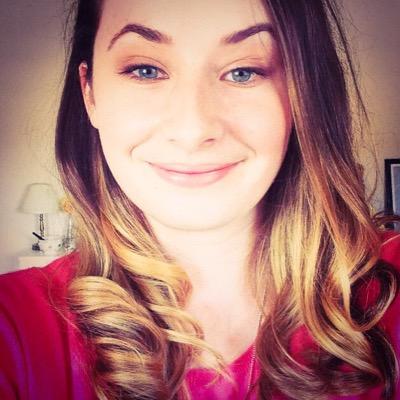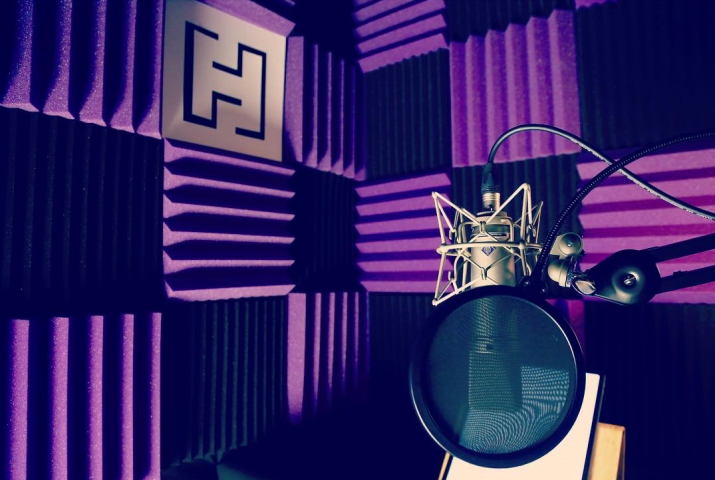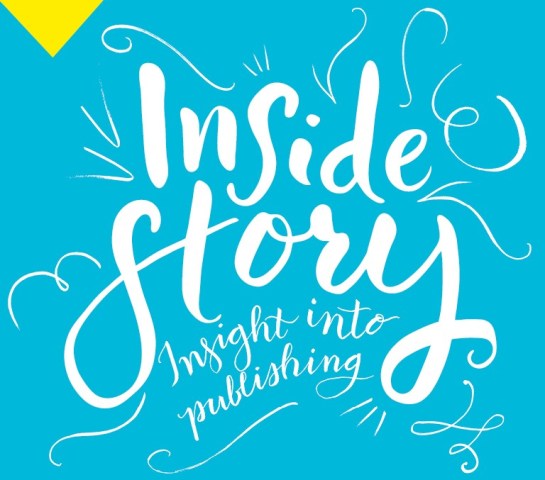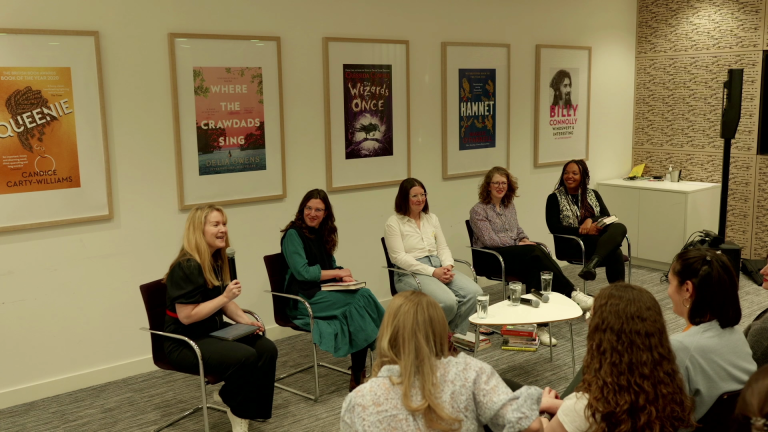My Inside Story: Design

6 Nov 2016
written by Sarah

Sarah worked at Hachette Children’s Group as a Designer for the Orion Children’s Books imprint. Read on to find out what her typical day involved and how she got her job in publishing. Don’t forget to tweet us @hachettecareers if you have any questions.
I started working at Hachette Children’s Group in December 2015. Most of my working life has been in design studios. Making the move into book design was difficult. It was tough convincing employers that I could tackle book covers when I had only branding and packaging in my portfolio. To help with this I got a job in a very small independent publisher of non-fiction as their only designer. It involved a lot of typesetting but I did get some covers that I was happy to add to my portfolio. I joined the Society of Young Publishers too and designed their quarterly publication (another thing to add to the portfolio) to show I was committed to working in publishing. Taking part in their mentoring programme was really helpful too.
I’m on the Teen/Young Adult side of Orion Children’s. We work on some really good novels and HCG offer plenty of training and opportunities to improve. We attended OFFSET Design Conference in Dublin early this year which was so inspiring! The design team are so supportive and always willing to help and give advice. Hachette Children’s is the largest company I’ve worked for. One of the big differences is the scale between being a designer in a studio and in-house publishing. It took a little while to settle into an open plan workspace and be able to focus.
On an average day I could be taking in copy amendments from editorial, setting up a guide for typesetting, developing cover concepts, preparing artwork for print, and keeping an eye on Instagram and Pinterest to keep up with the latest trends.
Working in book design is perfect if you’re creative and enjoy a design challenge. Covers often have to satisfy a lot of criteria from authors, editors, sales teams, readers and bookshops. Another useful skill as a designer is the ability to explain to non-designers how a proposed cover will fulfil all requirements. A degree in Visual Communication/Graphic Design is the usual route into a job like this. It’s important to know the software and the technical side of the role. Abode Creative Suite is the industry standard and we use InDesign, Photoshop and Illustrator everyday. Familiarity with printing processes is necessary too. Getting the advances back from the printer is an exciting part of the process! Seeing the finished book looking as good as you imagined brings a nice sense of achievement.





